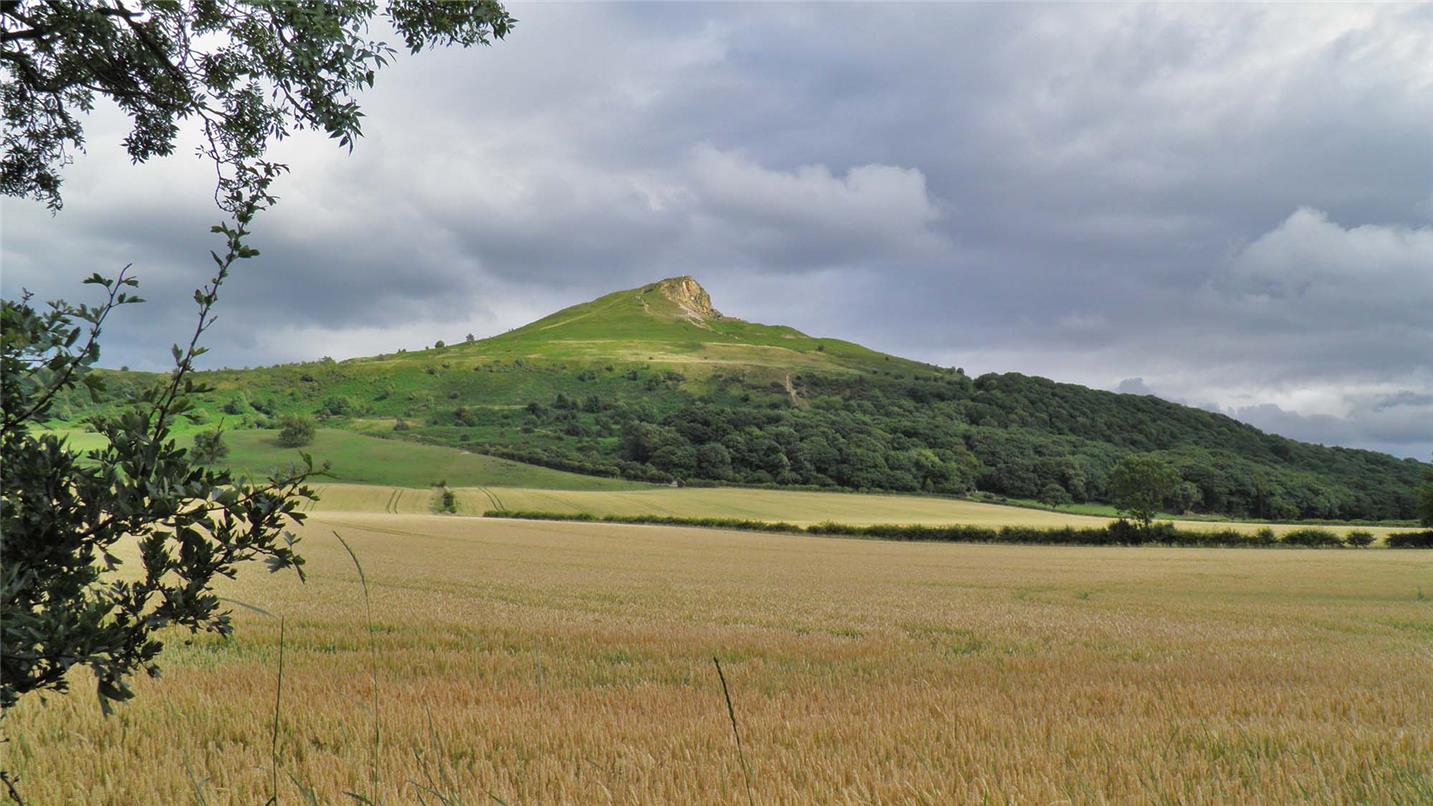How does carbon capture work?
1. Energy-from-waste facility
Waste arrives and is heated at a high
temperature to create electrical energy.
This generates a flue gas which includes
carbon dioxide and a range of other gases.
2. Capture and absorption
The flue gas is sent to the carbon capture
plant where it is cooled and treated to remove
any remaining contaminants using a water
scrubbing system. The wastewater will then be
discharged to sewer. The flue gas then passes
to an absorber column where a chemical
reaction takes place. Amine (a solvent that
only binds to carbon dioxide) is mixed with
the flue gas.
The amine containing carbon dioxide
leaves the bottom of the absorber column.
The treated flue gasses leave the top of the
absorber column and are then directed back
to the energy-from-waste stack. Amines have been safely
used in this way for decades – for example
they are used to remove carbon dioxide from
the air in submarines so submariners can stay
underwater for months at a time.
3. Separation
The carbon dioxide and amine mixture would then
be put through an amine regenerator which would
heat it to between 90ºC and 120ºC to separate
the amine solvent from the carbon dioxide.
The separated amine solvent would be recycled
and re‑used in the carbon capture process.
4. Compression
The carbon dioxide would then be
dehydrated and compressed before being
sent via a connecting pipeline to the main
Tees Valley carbon capture pipeline.
5. Transport
The pipeline will transport the carbon dioxide
145 km to an aquifer under the North Sea where it
will be safely stored and monitored. The pipeline is
managed by Northern Endurance Partnership (NEP)
– a partnership between bp, Equinor, National Grid,
Shell and Total, with bp leading as operator.
